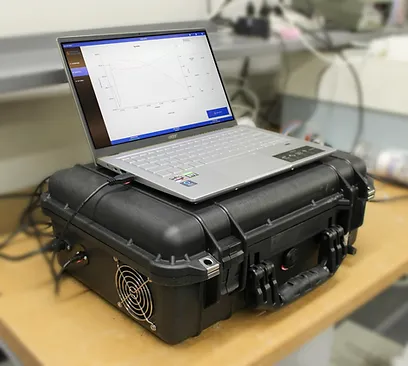Biogas and RNG sampling is complex, with many common errors leading to concerns about the reliability of analyte concentrations reported. In an effort to help alleviate some of these concerns and to address common areas of confusion, we’re publishing a series of blog posts focusing on best practices for biogas and RNG sampling. The first focused on the issue of incorrectly calculating volume and introduced our new Dry Gas Sample Volume Calculator. This edition will focus on moisture sampling and analysis.
Natural gas pipeline operators set limits on the allowable moisture for RNG to be injected into their system. Typically, this is 7 lbs/mmcf, with some limits as strict as 5 lbs/mmcf. This data must be collected onsite, and is typically measured by using one of the three most common methods:
- Dräger Tubes
- Metal Oxide
- Chilled Mirror
Dräger Tubes are good for quick, rough measurements, however we don’t recommend them for compliance measurements for several reasons. First, the stated accuracy is up to +/- 20%, and with RNG producers typically designing their upgrading systems to have moisture just below required limits, the measurement could report the site is exceeding moisture limits when it is not. Second, with a published measuring range of 3.0 to 60 lbs/mmcf on the most sensitive model, measuring near the bottom of the stated range introduces additional risk. Third, there are known interferences that can lead to positive and negative bias. It is therefore no surprise that this technique is not accepted by most natural gas pipelines when testing for compliance with RNG moisture limits.
Metal Oxide analyzers, typically aluminum oxide, are commonly used to measure moisture concentration, and are supported by the industry accepted method ASTM D5454. Ohio Lumex successfully uses this technology for permanent, continuous installations, and our Field Services Department has a fleet of the portable versions for biogas applications. However, we do not recommend metal oxide analyzers for RNG moisture compliance testing, as the moisture levels are so low that it can take hours, if not all day to stabilize at these concentrations. As a result, there is a risk that the RNG will not show moisture compliance during the scope of the onsite testing.
Chilled Mirror analyzers are what Ohio Lumex recommends for testing onsite RNG moisture for compliance. Here a mirror is quickly cooled, and at the point moisture condenses on the mirror, light is scattered, a sensor sees the decrease in light reflected, and a thermocouple reads this dewpoint. For RNG applications, the condensation temperatures for hydrocarbons are lower than that of water vapor, removing any possibility of false readings. The result is extremely accurate and fast responses for measurements, even at these trace moisture levels. It is therefore no surprise that this technique, ASTM D1142, is specified by most natural gas pipelines for interconnection compliance.

At Ohio Lumex, we design and produce our own portable chilled mirror analyzers for our Field Services Department personnel, helping to ensure our customers have the most accurate results to report for their RNG compliance, and working with them to address moisture issues in their process.
This is the second in a series of posts in which we discuss best practices for biogas and RNG sampling. To learn more about Ohio Lumex Biogas/RNG Analysis Services, please visit our website.
Miss part of the series?

